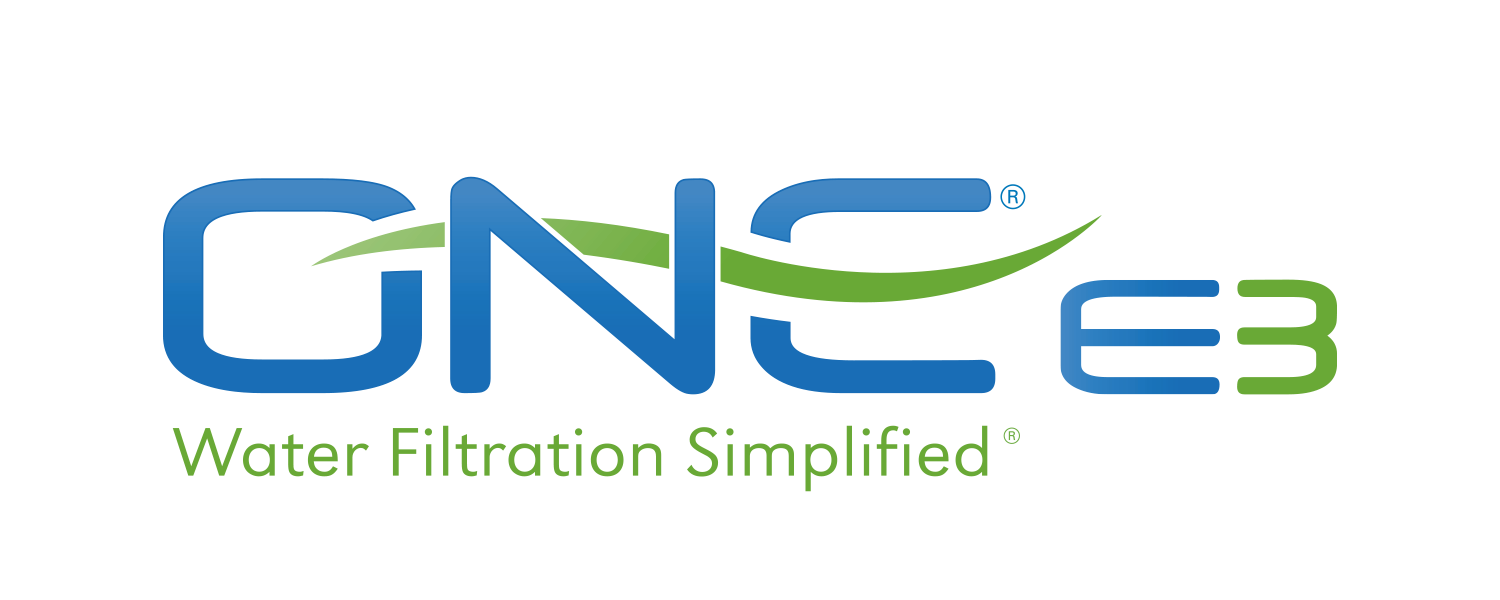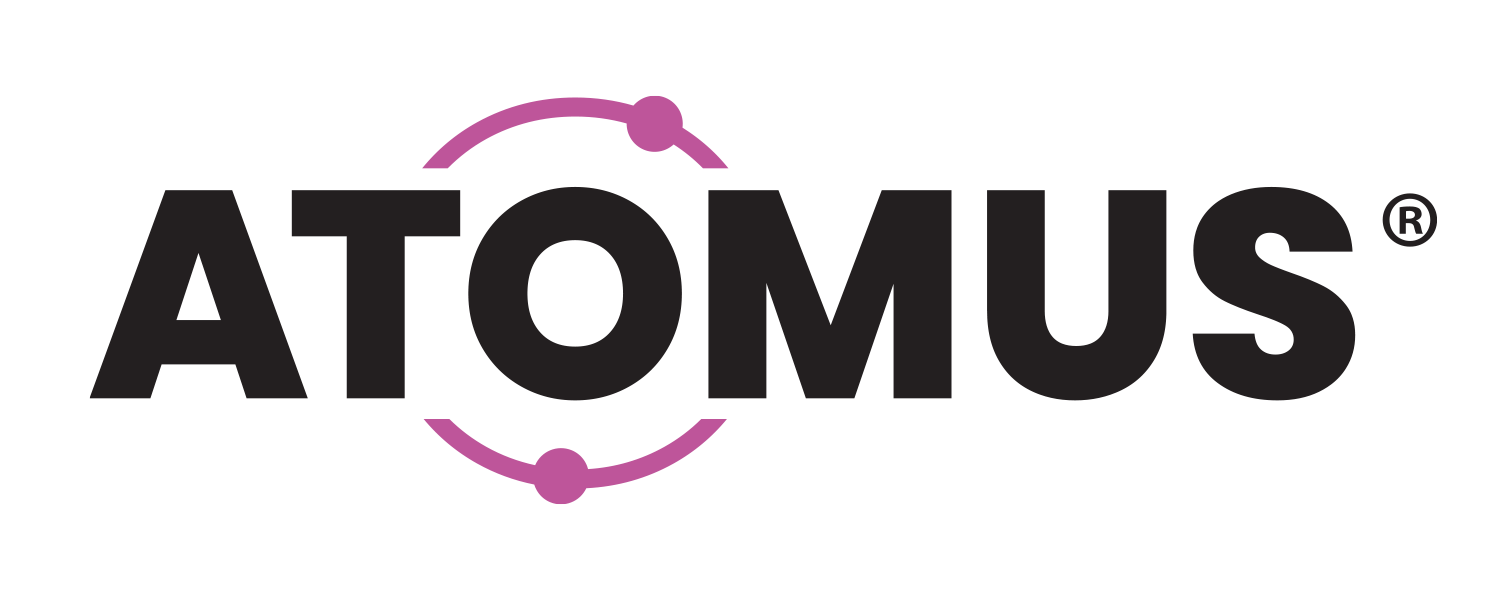While a lot of attention gets paid to how water contamination is addressed (in terms of both prevention and correction) at the federal level, a lot of the work to keep drinking water clean is done by the states. However, for many states, finding the budget to maintain water systems, fix problems, or stop issues before they occur is a continual challenge.
Several recent posts from Water Online detail how different states are working to address water quality issues…
In CALIFORNIA, the governor recently approved millions of dollars in spending to improve drinking water. He has also put forward the idea of establishing a new tax to put money toward keeping the state’s water clean—especially in disadvantaged communities. Like most taxes, this one has so far proven unpopular with a lot of residents. But the governor seems committed to cleaning up the state’s water.
In FLORIDA, state lawmakers have an idea to protect children from the continuing problem of lead in school drinking water that faces the nation. They have introduced a bill in the state senate that would require all public schools built before 1986 to filter water at the source for lead. Water Online notes that if the bill is passed it could become a model for other states to follow suit.
In WISCONSIN, the governor recently proposed $2 million in grant funding to help ensure the safety of drinking water from wells. Recent studies of well water in different counties throughout the states have found a significant number had high levels of bacteria or nitrates. The governor had previously declared 2019 to be the “year of clean drinking water” in Wisconsin.
Meanwhile, a pair of other states continue to struggle with major drinking-water contamination issues…
In NEW YORK, the cost to remove 1,4-dioxane chemical contamination from drinking-water wells was recently estimated at a whopping $840 million.
In MICHIGAN, more than a dozen water systems throughout the state revealed lead levels exceeding the federal standard in recent tests.



